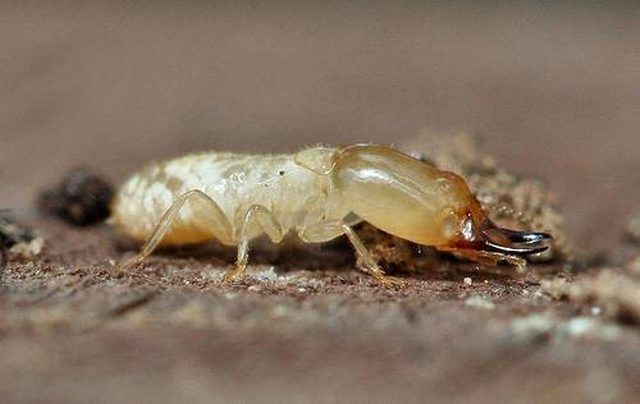Bulbs
Flower Basics
Flower Beds & Specialty Gardens
Flower Garden
Garden Furniture
Garden Gnomes
Garden Seeds
Garden Sheds
Garden Statues
Garden Tools & Supplies
Gardening Basics
Green & Organic
Groundcovers & Vines
Growing Annuals
Growing Basil
Growing Beans
Growing Berries
Growing Blueberries
Growing Cactus
Growing Corn
Growing Cotton
Growing Edibles
Growing Flowers
Growing Garlic
Growing Grapes
Growing Grass
Growing Herbs
Growing Jasmine
Growing Mint
Growing Mushrooms
Orchids
Growing Peanuts
Growing Perennials
Growing Plants
Growing Rosemary
Growing Roses
Growing Strawberries
Growing Sunflowers
Growing Thyme
Growing Tomatoes
Growing Tulips
Growing Vegetables
Herb Basics
Herb Garden
Indoor Growing
Landscaping Basics
Landscaping Patios
Landscaping Plants
Landscaping Shrubs
Landscaping Trees
Landscaping Walks & Pathways
Lawn Basics
Lawn Maintenance
Lawn Mowers
Lawn Ornaments
Lawn Planting
Lawn Tools
Outdoor Growing
Overall Landscape Planning
Pests, Weeds & Problems
Plant Basics
Rock Garden
Rose Garden
Shrubs
Soil
Specialty Gardens
Trees
Vegetable Garden
Yard Maintenance
How to Treat a Yard for Termites
How to Treat a Yard for Termites. Termites commonly live below the ground or inside of wood and are difficult to detect. Signs of damage are not immediately visible and damage can occur to a yard or trees without knowing there is an infestation. Some termite colonies have up to one million termites, causing destruction to more homes than any other...

Termites commonly live below the ground or inside of wood and are difficult to detect. Signs of damage are not immediately visible and damage can occur to a yard or trees without knowing there is an infestation. Some termite colonies have up to one million termites, causing destruction to more homes than any other cause. Termites live in social colonies, similar to ants. The colonies include workers, soldiers and winged reproductives.
Remove infested wood. Termites swarm trees, wood piles and other lumber products in the yard. Cover decks and flower pots with paint and sealer. Trees with infestations may have to be removed. Timber piles should always be raised off the ground. Small termite infestations can be controlled by following these steps.
Place bait stations throughout the yard and near home infestation sites. The termites will digest the bait and bring it back the colony. The remaining colony of termites will quickly be contaminated with the insecticide. Baits must work slow enough to not kill the initial termites immediately, with effects beginning once the termite returns to the colony. Baits can eradicate entire colonies or suppress them enough to control damage.
Inject repellent products to invasion sites. Termites will avoid specific areas, however, they will continue to nest elsewhere. Read directions on all chemicals used, as well as proper safety protection.
Notify neighbors and nearby residents of a termite invasion. Many times termites live in several yards on one block and continue to spread. If repellent is used in one yard, the termites may simply move to the yard next door.
Understand when professional help is necessary. Termites can invade homes and are the leading cause to damage the wood in residential homes. If there is a large termite population in a lawn, there's a good chance the termites have already invaded a nearby home.
Tips & Warnings
Ants are natural predators of termites. Do not kill ants that are not causing problems to the yard.
Termite mounds are not found by species present in North America, yet are common in Africa.